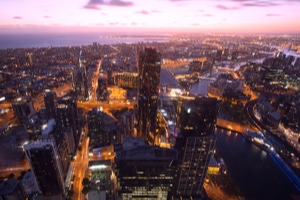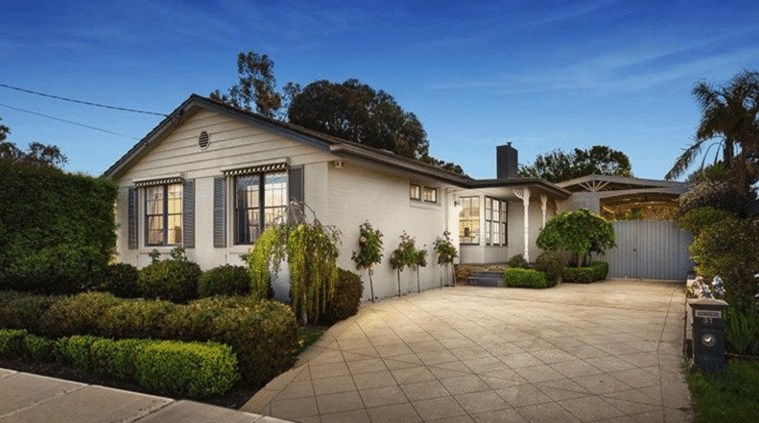Please fill out the details below to receive information on Blue Wealth Events
"*" indicates required fields

In 1981, a cosy 3 bed, 2 bath brick home was sold in Melbourne’s north-west for $65,000. 1981 was a census year, and the national population reported at the time was just under 14.6 million. The same year, the Australian Bureau of Statistics (ABS) estimated our population would increase to somewhere between 22.1 million and 26 million by the year 2021. With hindsight, we know the lower estimate was surpassed around a decade early. The next two higher projections of 23.3 and 24.7 million were surpassed in 2014 and 2017 respectively. Even the highest estimate from the time, which was cast aside in later projections, will be reached a year early in 2020.
To be fair, things were very different in 1981. The world wide web was yet to be invented, let alone become a household utility. We would continue to have no idea about the upcoming technological revolution that would transform 21st century life for another decade or two. Stephen Spielberg’s Raiders of the Lost Arc was the year’s highest-grossing film, our own film Gallipoli starring a young Mel Gibson was released, Trevor Chappell infamously bowled underarm against New Zealand and Lleyton Hewitt was born.

This home in Melbourne’s north-west was recently sold for $1.1 million. It had been held by the same owner since 1981 when it was purchased for $65,000. At the time, Melbourne’s population was 2.7 million people – half of what it will reach by 2021.
The ABS’s revised projections from 2017 are more commensurate with Australia’s higher rate of population growth. Their estimates are quite generous for the first decade (1.4, 1.6 and 1.8 percent per annum respectively), but then taper off as previous estimates have. Nevertheless, they expect the country’s population to reach somewhere between 37.4 and 49.2 million by 2066. If, however, the more recent trend of 1.7 percent per annum continues, Australia’s population will reach an eye-watering 56.19 million by 2066. That’s more than double what it is today, and the equivalent of present-day England. Luckily, we have a lot more land!
With Melbourne tipped to become Australia’s most populous city as soon as 2026, the country’s attention will be redirected southward. It is very possible this will lead to a reinforcing feedback loop, where population growth leads to infrastructure development, which leads to economic activity, which stimulates population growth and so on. If this is the case, the already-optimistic population projections for our southern powerhouse might indeed also be exceeded. Melbourne’s ambitious higher-level population projection of 12.2 million people by 2066 assumes a slow decline in the city’s annual population growth rate from 2.7 percent in 2020 to 1.4 percent by 2066. What if, instead, the average annual rate experienced between the 2011 and 2016 censuses continued over this time? We’d be looking at a population approaching 15 million by 2066, almost the size of present-day Delhi.
The image of a 15 million-strong Melbourne in less than a lifetime from now might be difficult to visualise, but a population of 5 million by the early 2020’s was equally as difficult to imagine in 1981. We do know cities are at least capable of growing up to and beyond 15 million because there are already eight cities with that status today. What we don’t know, however, is how emergent technology will cater for such substantial populations and how these populations will be governed. Just like Australians of 1981 were entirely unaware of technology would today be regarded as a basic human necessity. Simply ask the NSW Central Coast parent who was charged for smashing their child’s smartphone!
If this hypothetical half-century transformation were to occur, Melbourne would require an additional 5.5 million homes with the current rate of people per household. That’s nearly 120,000 each year. Property investors can follow a few rules derived from our research methodology to be prepared for such a scenario. Namely, how will the community in your investment’s area be impacted by a swelling population?
Investors should aim to minimise the impact of congestion on commute times by investing near significant transport infrastructure. They should also be aware of how groundbreaking technology will influence our behaviour (such as autonomous vehicles and remote workplaces). Quality of life is another helpful hint for the image of a 2066 Melbourne, which can be maximised by creating liveable spaces and local amenities that build stronger metropolitan communities.
